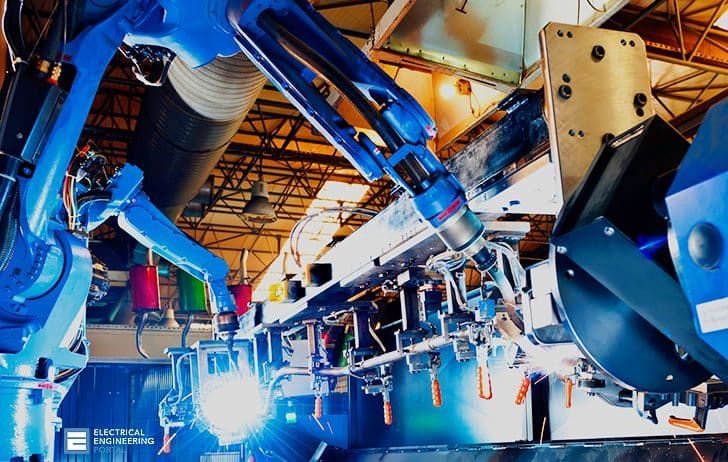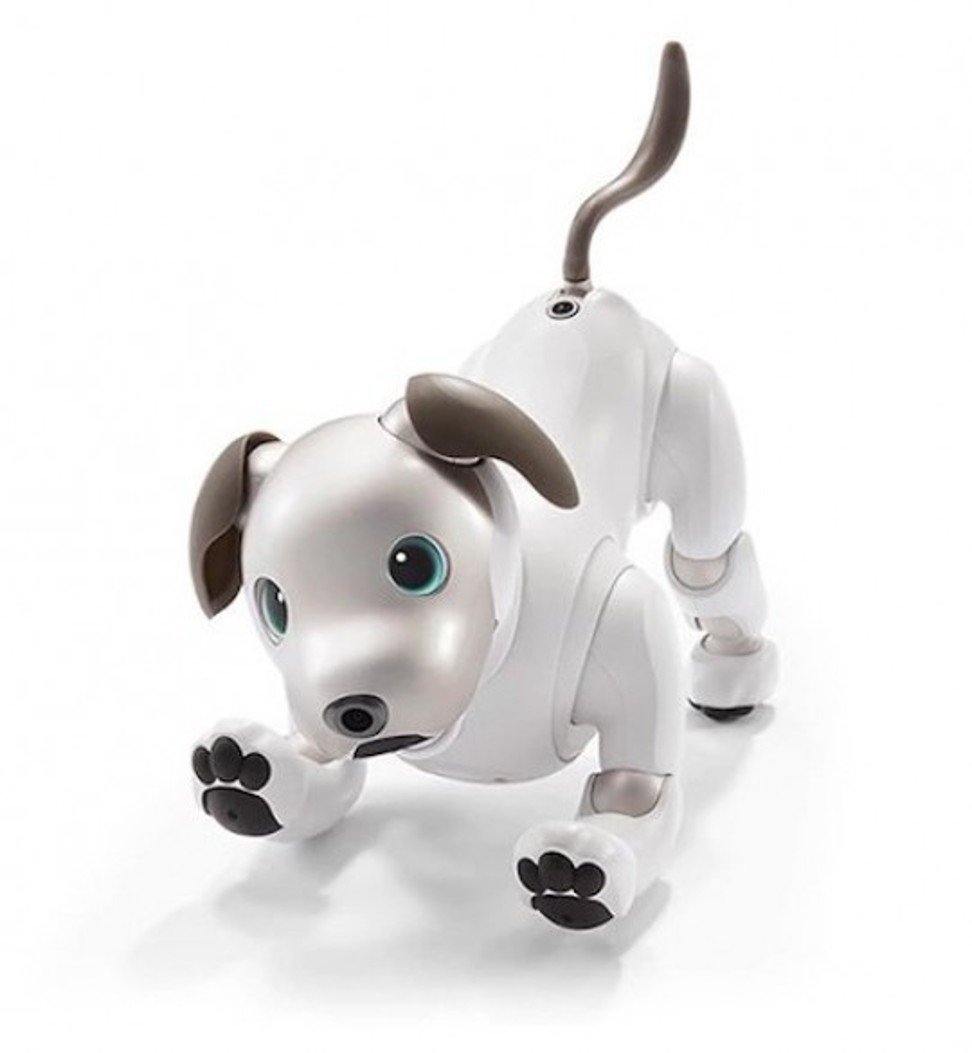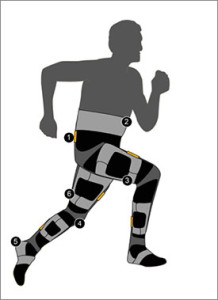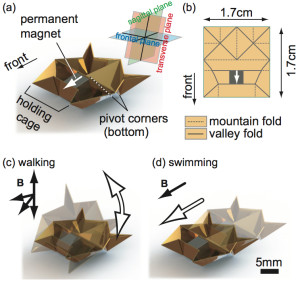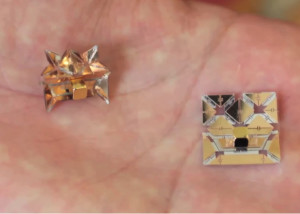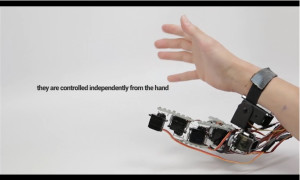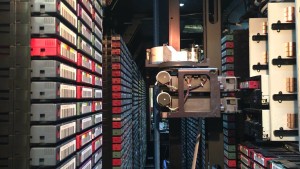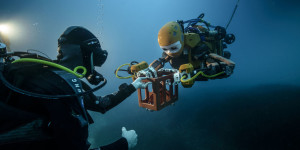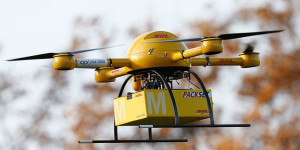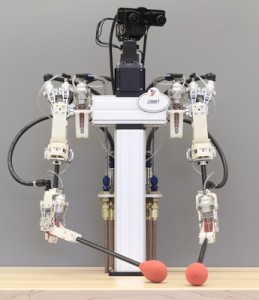Automation
is the use of control systems to control processes, reducing the need for human
intervention. Putting this into context, automation is having technology
do things for you so that you don’t have to.
Automation
is all around us. When you’re at a set of traffic lights, there isn’t a traffic
light operator that decides when to change the light from red to green. It is
done automatically. The street lights come on at night automatically. There are
no lamplighters running around turning each light on anymore. We can apply this
same idea to our own life. Granted, most of us can’t create complex control
systems, so we will have to do our best with what is available, but having the
most mundane tasks automated will help free up some time.
Advantages
of Automation
Visions of a
mechanized world flourished long before the term “automation” was coined. The
star of Westinghouse’s exhibit at the 1939 World’s Fair was Electro, a robot
that could walk, talk, and count on its fingers. Sadly, Electro and his kind
were little more than demonstrations of remote control by human operators. By
the early sixties, they had been replaced in the public imagination by
something much more useful—the computer.
In movies and
advertisements, these “electronic brains” hummed away in orderly surroundings,
watched over by well-dressed individuals who seemed to have nothing to do
except gaze at the flickering lights and occasionally change a reel of tape.
However, the reality was quite different. Most machine room supervisors would
trade their last box of punch cards for an “Electro” who could unfailingly
schedule and manage jobs, deal with unexpected events, and resolve performance
problems. The same is true today—and that’s where automated operations come in.
In the
mainframe computing environment, the variety of software needed to perform
essential functions has always posed a challenging operations management
problem. Initial solutions relied on numerous human operators, whose salaries
became a significant portion of the IT budget.
Operations
became a monster that had to be fed constantly. Whole administrative structures
were created to support it. This bureaucracy, and the nature of people, led to
a system that was prone to errors— resulting in more expense and complexity.
The situation was out of control and something had to be done. The answer
turned out to be using the computer to control and manage itself.
The Beginnings of Automated Operations
Automated
computer operations began about 45 years ago when IBM introduced the OS/360
operating system. Like other early operating systems, OS/360 was a supervisory
program that managed system resources and provided automatic transition from
one job to another. This was called batch processing. OS/360 could run batch
jobs, but had only limited control over their sequence and no capability to
schedule future jobs. It still required a high level of operator involvement.
Subsequently,
IBM developed add-on components like Job Entry System 3 (JES3) that provided
basic job scheduling. But, this capability remained weak in later IBM operating
systems such as MVS, VM, and DOS/VE. The issues surrounding automating computer
operations lie in the complexity of the various operating systems, databases,
communications, and other software in use. Because each component was
independent, they had to be manually integrated and controlled by the
Operations staff.
The continuing
need for people to perform complex, labor-intensive tasks led software
developers to begin developing today’s automated operations software. The
number and breadth of products has grown considerably to encompass scheduling,
management of console messages, backup and recovery, printing services,
performance tuning, and more.
5 Major Benefits of Automation
Given the
right tools, automating computer operations can be surprisingly easy and can
reap major benefits. Understanding these benefits—and some obstacles—will help
you develop support for an operations automation project. A recent study by a
leading trade journal asked the question, “What do you see as the most
important benefits of an automated or unattended computer center?” The primary
benefits of operations automation cited most often were cost reduction; productivity, availability, reliability,
and performance.
Every business
faces global pressure to increase their profitability. One approach is to
reduce costs. But, reducing the capabilities of the computer center negatively
impacts the entire company.
Automation software is a better and more intelligent approach to cost containment and
reduction. The greatest opportunity is to increase service to the customer (end
user) while systematically reducing costs. Management often overlooks this
potential for savings. Most modern servers have a low operating cost and the
total cost of ownership has been declining. Even so, the cost of the operations
staff can be as high as 71% of the total cost.
Productivity
As an
organization’s technology demands grow, productivity becomes a bigger concern.
Typically, as other business areas were given tools to increase their
productivity and effectiveness, IT operations took a back seat. The
proliferation of desktop productivity software has created substantial gains in
the office and HR environments. But, instead of alleviating workload for the IT
professionals in the back room, the spread of PCs has meant more tasks to be
accomplished.
As people use
computers more, they place greater demands on the system. More users are
generating more jobs, and printed output has increased despite efforts to
reduce printed reports. In spite of the trend to online transaction-oriented
and client/server systems, batch workloads continue to grow. Production batch
jobs still consume the majority of CPU time, and in large shops, jobs are
constantly being added.
Automated
operations can resolve these issues in several ways.
Job scheduling software increases batch throughput by automating the production batch
schedule. In the early days, computer throughput was limited by how fast
operators could reset switches on the console. The solution for today is not to
allow the computer to remain idle while waiting for the operator to release the
next job. You save time and money by eliminating the lag time between jobs and
minimizing operator intervention. In some instances, you can trim hours off
your process, which lets you process more work and significantly improve system
use.
Once the job
schedule is established, the automation software executes the commands
precisely and in the correct sequence, eliminating operator errors. Forecasting
job completion and being able to perform “what if” analyses of schedule changes
benefits operations by removing much of the guesswork from daily tasks.
Availability
Companies are
continually more reliant on their computers. Day-to-day business is routinely
conducted with online systems: order entry, reservations, assembly
instructions, shipping orders—the list goes on. If the computer is not
available, the business suffers.
Years ago, it
was considered acceptable to have the computer unavailable for a few hours.
Today, with the high volume of cloud computing, the outage of key systems can
cost millions of dollars in lost revenue and tarnish a company’s reputation.
High
availability is clearly one of IT management’s primary goals. Here too,
automated operations can help. A disk drive may crash, but the situation
becomes serious when there is not an adequate backup— or worse, the tape cannot
be found. A key advantage to automation is the ability to automate your save
and recovery systems to ensure protection from the potential disaster of disk
loss, or inadvertent damage to system objects from human error.
In a networked
environment, centralized management also makes sense. Remote resources can
solve business issues while a single operator at a central console observes
critical functions throughout the network. Continuous monitoring with a low CPU
and communications overhead makes it easier to spot vital network performance
trends.
Reliability
Productivity
is an obvious benefit of automation. However, reliability is the real gem that
sparkles with automation. It is the cornerstone of any good IT operations
department and without it you have confusion, chaos, and unhappy users. IT
operations require two opposed skill sets: On one hand, an operations person
needs highly technical skills, such as the ability to understand the
complexities of an operating system and to analyze and solve problems as they
arise. On the other hand, this same person has to be content pushing buttons
and loading paper.
Let’s face it,
off-shift operations include some of the most boring, repetitive, and
error-prone tasks of an IT organization. But, when you remove the human
factor, you eliminate most batch processing errors.
Automated
operations ensure that jobs are not forgotten or run out of sequence, that
prerequisite jobs are completed successfully, that the input data is correct,
and that any special processing is performed.
All these
types of errors occur in single-location organizations. Now, imagine a network
of multiple systems, geographically dispersed that include multiple operating
systems, communications issues, integrated local area network processing, and
attached PCs. The chance for errors rises exponentially. The only way to make
this type of environment work is automated operations.
Software can
handle complex tasks dynamically and intelligently, based on predefined parameters.
Yet, critical company functions such as releasing jobs, performing backups, and
ensuring communications, are normally performed by entry-level individuals
within the IT organization. The benefit of an automated system is that these
functions are reliably executed by the automation software, relieving
operations personnel from hours of tedious, boring and manual tasks.
Performance
Every company
would like to have their enterprise perform like a thoroughbred. In reality, it
is more likely to be overburdened with work. Even though advancements in
computers make them faster and less expensive every year, the demands on them
always catch up and eventually exceed the level of capability that a company’s
computer infrastructure possesses. That leaves a lot of companies wanting to
improve their system performance.
Two options to
improve performance are to upgrade hardware or purchase a newer system—both
expensive choices. It’s also possible to tune a system for better performance,
but this takes a highly skilled person who is not normally available 24 hours a
day. And, once a system is tuned for a specific workload, if the workload
changes, the settings are no longer optimum.
